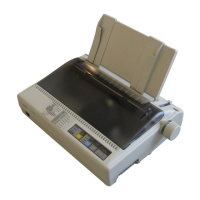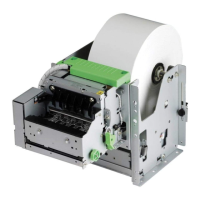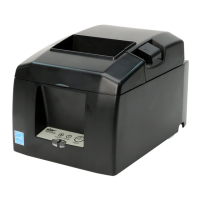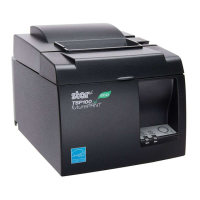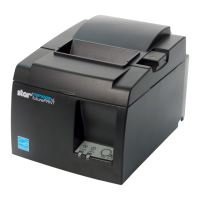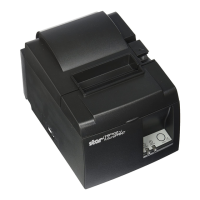– 32 –
THEORY OF OPERATION
We will explain the chopper circuit in terms of Fig. 2-18, a simplified version of Fig. 2-17. IC1 is a pulse-width control
switching regulator. It has a reference voltage section, oscillation section, pulse-width control section, and power
transistors. Fig. 2-19 shows an equivalent circuit for IC1.
The chopper circuit switches the power transistors in IC1 on and off to divide input voltage VIN into pulses and smoothes
those pulses with choke coil L2 and capacitor C9 to obtain the desird output voltage VOUT.
Since the pulse width control section determines the ratio of the time that the power transistors are on and off by comparing
the output voltage with the reference voltage, the output voltage can be held steady.
In order words, if the output voltage falls below the reference voltage, the pulse width controller extends the time that the
power transistors are on, thus raising the output voltage. The output voltage VOUT can be expressed with the following
equation.
VOUT = VIN · —————— = VIN · ———
TON : Duration the power transistors are on
TOFF : Duration the power transistors are off
T:TON + TOFF (constant)
Diode D1 forms a pathway through which the energy accumulated on choke coil L2 while the power transistor are on is
discharged while the power transistors are off.
Fig. 2-18 Chopper Circuit
Fig. 2-19 Equivalent Circuit for Voltage Regulator IC1
TON
TON + TOFF
TON
T
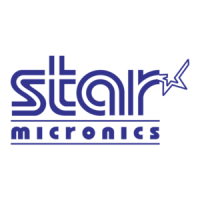
